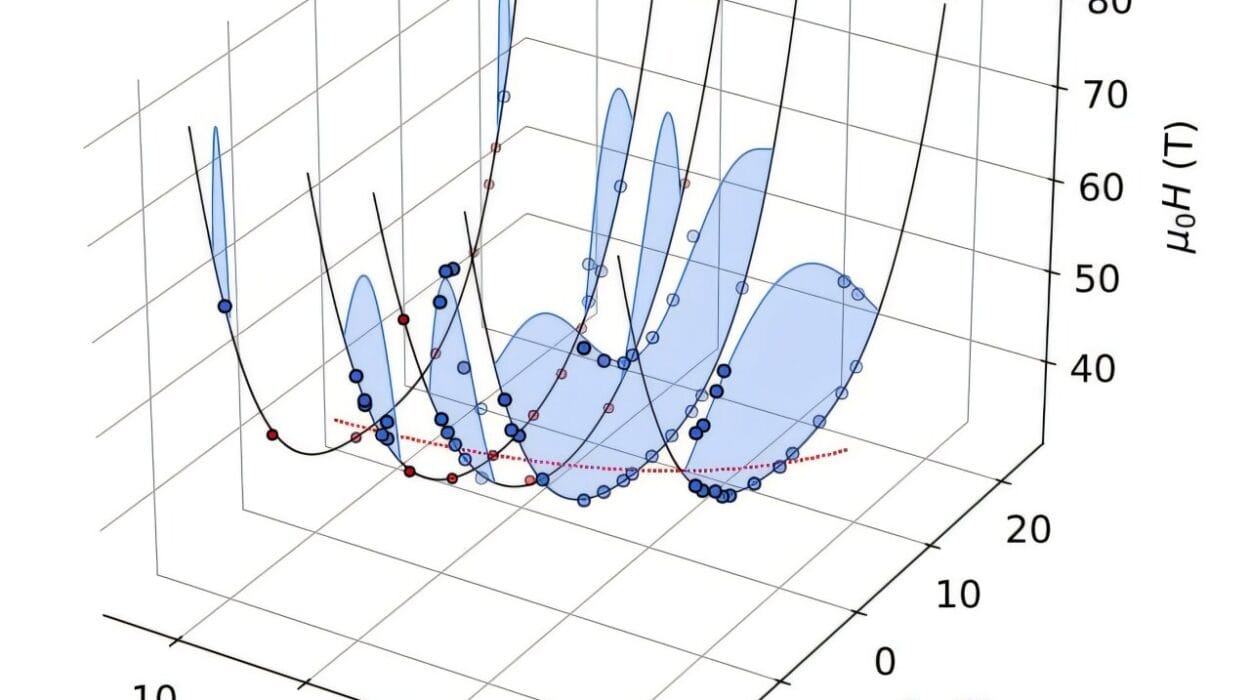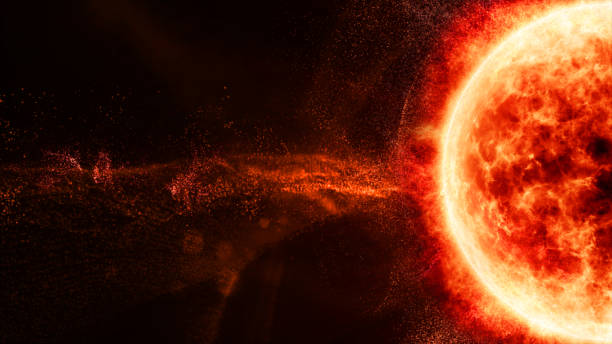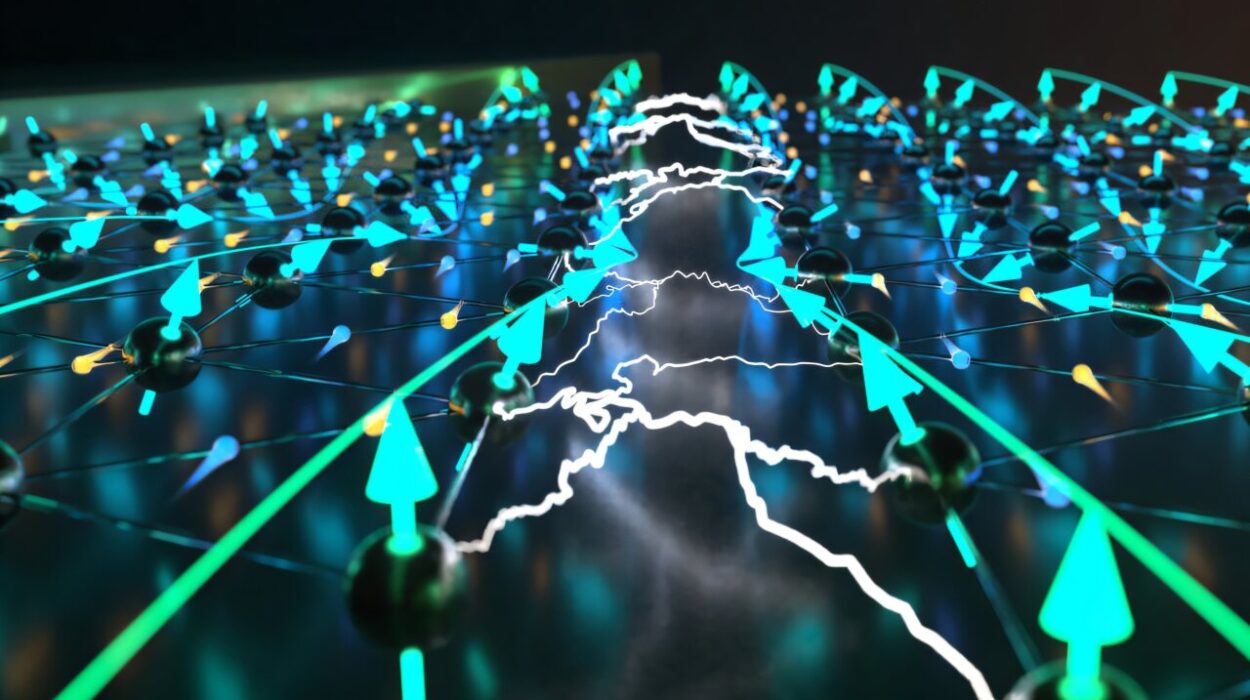If there were a single scientific experiment that could claim the power to shake our very understanding of reality, it would be the double-slit experiment. On the surface, it seems simple—shine light or fire particles at a screen through two slits and observe the pattern they create. Yet this deceptively basic setup has brought physicists face-to-face with one of the deepest enigmas of quantum mechanics: the role of the observer in shaping the nature of reality.
The double-slit experiment isn’t just a laboratory curiosity; it’s a philosophical gauntlet thrown at the feet of determinism, objectivity, and common sense. It challenges the very idea that the universe exists independently of our observation. In its unfolding, we glimpse a world that seems to make decisions only when we’re watching. But how can that be? How can the mere act of observation change what is real?
This journey will take you deep into the heart of modern physics, from waves and particles to quantum superposition, measurement collapse, and the ever-controversial role of consciousness. Get ready for a wild ride—because once you understand what this experiment tells us, you may never look at reality the same way again.
A Classical Beginning: Waves, Particles, and Predictable Worlds
Before diving into the quantum depths, it’s important to understand the world of classical physics. In this orderly domain, reality behaves predictably. Objects have defined positions and velocities. Causes lead to effects. Waves and particles are different things, with different behaviors.
A wave, such as a water ripple or a beam of light, spreads out and can interfere with itself. Two overlapping waves can either cancel each other out (destructive interference) or combine to form a larger wave (constructive interference). Particles, on the other hand, are tiny billiard balls—localized, discrete entities that follow straightforward paths.
When Isaac Newton theorized light as particles and Thomas Young countered with his wave-based interpretation in the early 1800s, it sparked a centuries-long debate. Young’s own double-slit experiment—shining light through two slits and observing an interference pattern on a screen—seemed to clinch the case for the wave nature of light. The pattern of alternating bright and dark bands could only be explained by waves interfering with each other.
And that should’ve been the end of it.
But nature had other plans.
The Quantum Revolution: Particles That Behave Like Waves
In the early 20th century, light was once again under the microscope—this time literally. When scientists studied the photoelectric effect, where light knocks electrons off metal surfaces, they found that light seemed to behave like particles again. Albert Einstein stepped in, proposing that light was made of packets—quanta—called photons.
So was light a wave or a particle?
The answer, strangely enough, was both. Depending on how you looked at it, light could exhibit either wave-like or particle-like behavior. This wave-particle duality became one of the foundational pillars of quantum mechanics, and it wasn’t limited to light. Matter particles like electrons also showed wave-like properties, as demonstrated by Clinton Davisson and Lester Germer in 1927 when they diffracted electrons through a crystal.
But the full strangeness of this duality wouldn’t emerge until electrons were fired through a pair of slits, one by one.
The Experiment: Firing Electrons Through Two Slits
Imagine you set up a device that can fire electrons one at a time toward a barrier with two slits. Behind the barrier is a detector screen that records where each electron lands. You might expect each electron to go through one slit or the other and hit the screen like a pellet. Over time, this should form two bands corresponding to the two slits.
But that’s not what happens.
Instead, what you see is an interference pattern—a series of alternating dark and light stripes. It’s the kind of pattern you’d expect if a wave had passed through both slits and the resulting wavefronts interfered with each other. Yet you fired the electrons one at a time. There was no second electron to interfere with. How could a single particle interfere with itself?
The only conclusion seems to be that the electron acts like a wave, spreads out, goes through both slits simultaneously, and interferes with itself before collapsing into a single point when detected.
Now the real mystery begins.
Adding a Detector: Observation Changes Everything
Naturally, physicists were perplexed. They decided to find out which slit each electron actually went through. So, they placed detectors at the slits to monitor the electrons. Now, when an electron is fired, the detector records which slit it passes through.
And the interference pattern disappears.
Instead, you get two clumps of impacts—just what you’d expect if the electron was simply a particle choosing one slit or the other. The act of measuring which slit the electron passes through changes the outcome of the experiment. When you’re not looking, the electron behaves like a wave, going through both slits. When you are looking, it behaves like a particle and chooses a path.
It’s as if the electron “knows” it’s being observed, and this awareness alters its behavior. This is not a metaphor—it’s what the data shows.
Collapse of the Wave Function: A Ghost in the Machine
To explain this strange phenomenon, physicists introduced the concept of the wave function—a mathematical description of a quantum system that includes all possible states it can occupy. Before measurement, an electron isn’t in a definite location or path; instead, it exists in a superposition of all possibilities. It has a probability of being here or there, but no definite state.
Measurement “collapses” this wave function. In other words, the act of observing a quantum system forces it to adopt a single, definite outcome from the sea of probabilities.
But what exactly is “measurement”? Is it the act of a human observing? The interaction with a measuring device? Or something more abstract, like any entanglement with the environment?
This is where things get murky.
Schrödinger’s Cat and the Problem of Measurement
To dramatize the absurdity of wave function collapse, Erwin Schrödinger devised his famous thought experiment in 1935. A cat is placed in a sealed box with a radioactive atom, a Geiger counter, and a vial of poison. If the atom decays, the counter triggers, breaking the vial and killing the cat. If not, the cat lives.
According to quantum mechanics, until the box is opened and the system is measured, the atom is in a superposition of decayed and not decayed. That means the cat is also both dead and alive—a surreal superposition of feline states. Only when the box is opened does the wave function collapse, and the cat becomes definitely alive or dead.
The point? Observation doesn’t just reveal reality—it defines it. Before measurement, outcomes exist in a fuzzy quantum limbo. Measurement brings them into existence.
Consciousness and Reality: The Observer Problem
The double-slit experiment and its kin raise a profound question: What counts as an “observer”? Some interpretations of quantum mechanics suggest that consciousness itself plays a role in collapsing the wave function. This controversial idea has led to speculation that reality, at its core, is participatory—that the observer isn’t a passive bystander but an active co-creator of the universe.
Philosophers and physicists alike have debated this implication. Does the moon exist when no one looks at it? According to Einstein, emphatically yes. But quantum mechanics suggests the answer is less clear. Without observation, objects exist in potentiality rather than actuality.
Some interpretations sidestep consciousness altogether. The Copenhagen interpretation—championed by Niels Bohr—holds that quantum mechanics is fundamentally probabilistic and that observation causes collapse, but it doesn’t specify how. Others, like the Many-Worlds Interpretation, deny collapse entirely, suggesting that all possible outcomes occur, each in its own parallel universe.
Still others pursue decoherence, where interactions with the environment—not conscious observers—cause quantum systems to lose their superpositions and appear classical.
Delayed Choice and Quantum Erasers: Reality Rearranged in Time
The double-slit experiment gets even weirder when you add a twist: what if you decide whether to observe the electron after it’s already gone through the slits? That’s the idea behind John Wheeler’s delayed choice experiment.
In this setup, the decision to measure which-path information is made after the particle has supposedly chosen a path. Astonishingly, the results still conform to your later choice. It’s as if the particle’s past behavior is determined retroactively—by your future decision.
The quantum eraser variation takes this further. If you measure which path the particle took, the interference pattern vanishes. But if you then “erase” that which-path information in a clever quantum way, the interference pattern returns—even though the particles have already hit the screen.
These experiments suggest that reality is not set in stone. Events may not have definite outcomes until the full context—including future measurements—is taken into account. Time itself may not be as linear or unidirectional as we think.
Implications for Free Will and Determinism
If reality is altered by observation, and if the future can influence the past in quantum systems, what does this mean for determinism? Classical physics painted a clockwork universe where everything is the inevitable result of prior conditions. But the quantum realm is probabilistic, uncertain, and seemingly open-ended.
This has tantalizing implications for free will. If the future is not strictly determined by the past, then choice and agency might not be illusions. Yet it also raises disturbing possibilities: If measurement defines reality, and we are quantum systems, then are we being measured into existence? Are our thoughts and decisions entangled with cosmic outcomes?
These questions border on the mystical, yet they emerge naturally from hard experimental data. The double-slit experiment is not mere speculation—it’s repeatable, observable, and real. And it invites us to rethink everything we thought we knew.
Conclusion: A Universe That Watches Itself
At its core, the double-slit experiment reveals something staggering: the universe behaves differently when we watch it. This isn’t science fiction. It’s quantum physics. Whether or not you believe in conscious observers altering reality, the experimental evidence is clear. Observation changes outcomes. Measurement affects existence.
In a way, the universe seems to be woven from potential rather than certainty. It offers a tapestry of possibilities, only choosing threads to weave into actual events when observed. This raises an extraordinary idea—that reality itself may be less like a machine and more like a conversation.
The double-slit experiment doesn’t just change physics. It changes us. It invites us to become not just observers but participants in the ongoing creation of the cosmos. In every measurement, every observation, we are witnesses to the sublime and the strange: a reality that emerges not in spite of our gaze but because of it.






